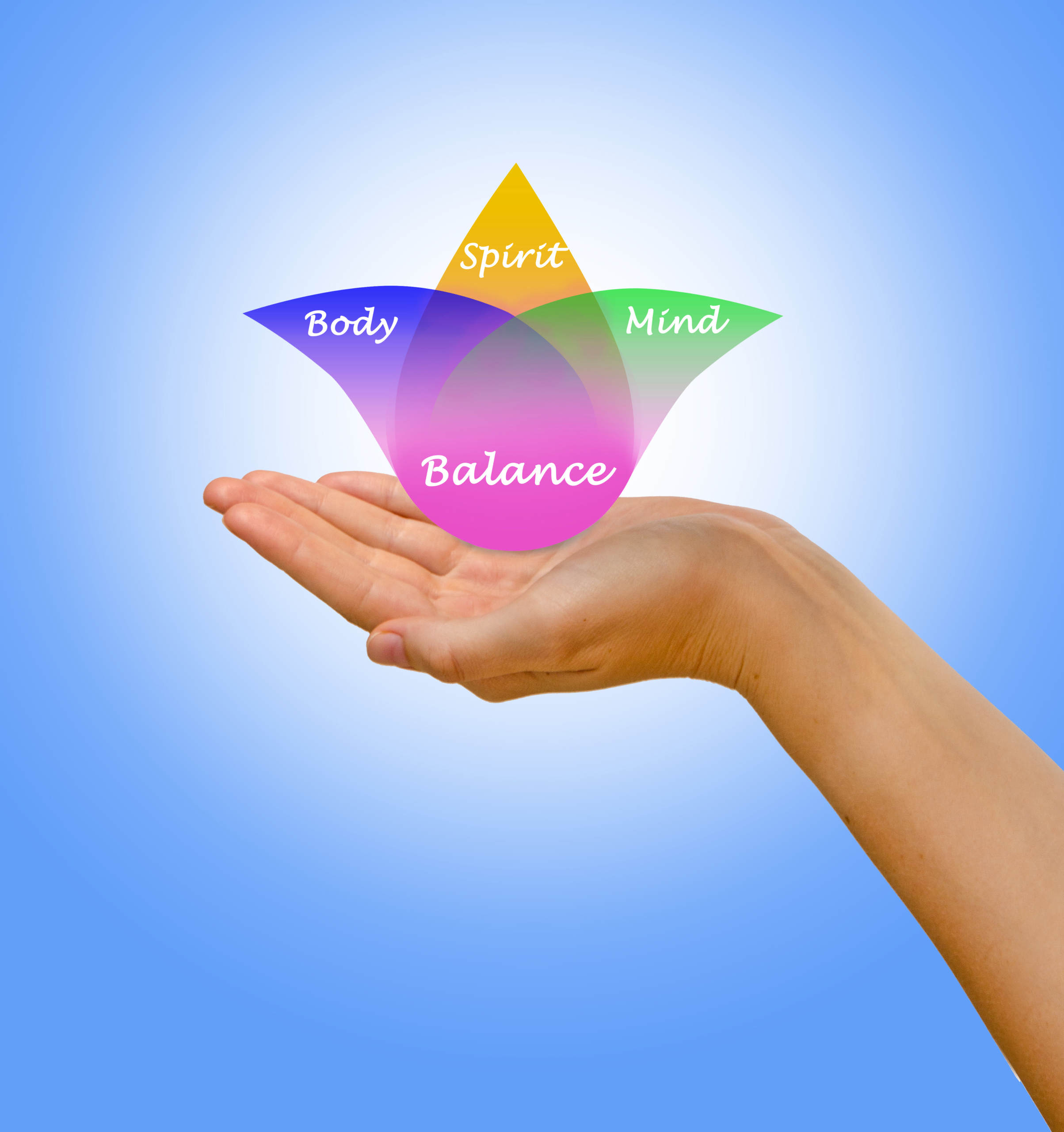Do you know about your Vagus Nerve and the role it plays in living a balanced, harmonious, healthier, happier life? Perhaps you learned about it in an anatomy class, but weren’t given the reason why you need to stimulate it daily. The word “vagus” means wandering in Latin. This is a very appropriate name, as the vagus nerve is the longest cranial nerve. It runs from the brain stem to part of the colon. It may also form a link between the gut and the brain, playing a role in what scientists call the gut-brain axis. In recent years, experts have been studying the gut-brain axis to look for links between conditions such as obesity and depression.
In our modern time, stress and anxiety has become the new norm. It is always there pulsing in the background and it doesn’t take much for a flare up. Most don’t have ways to help themselves out of this state, which is necessary for our health and wellbeing physically and emotionally. A more common response is a quick fix band-aid self medication choice or worse, taking it out on others. When you use simple daily techniques to stimulate the Vagus Nerve, you will be teaching your nervous system to move away from the sympathetic ‘stress response’ state known as fight, flight or freeze into the parasympathetic ‘relaxation response’ state known as rest and recover.
In Accessing the Healing Power of the Vagus Nerve by Stanley Rosenberg, there are exercises you can do to reset your ventral vagus nerve.
Start here with the The Basic Exercise:
The Basic Exercise
- Lie on back
- Interweave fingers on both hands and place behind head
- Without turning your head, look to the right
- Remain here until you spontaneously yawn or swallow
- Return to the neutral state with head and eyes straight
- Repeat on the other side
*Rosenberg says the reason you move your eyes is there is “direct neurological connection between the eight suboccipital muscles and the muscles that move our eyeballs.”
Other techniques include:
1) Breathwork- diaphragmatic breathing
Place one hand on your stomach and the other hand on your chest. As you breathe in, feel your stomach expand, and when you exhale, your stomach should go back down. This is also known as “belly breathing.” Benefits include lowering your heart rate and blood pressure for better health.
2) Diving Reflex
To stimulate the diving reflex, you need cold exposure. You can splash cold water on your face or put ice cubes in a ziploc bag against it. The diving reflex
slows your heart rate, increases blood flow to your brain, reduces anger and relaxes your body.
3) Humming, Singing or Gargling
Have you ever noticed that we will hum or sing to a baby or child when they are upset. It is something we do naturally to help to create calm. Take the time to hum, sing or even gargle to help to activate your vagus nerve and create a feeling of calm for yourself. Practice in the shower, in the car or anywhere you can find a few minutes and you will be helping yourself out of anxiety and into relaxation.
4) Mindfulness and Meditation
Set aside time to quiet your mind, a.k.a. Meditate. Even a few minutes will activate the vagus nerve through slowing down thought and developing a mindful, more peaceful response to life.
There are many things you can do to activate your vagus nerve and many benefits to a healthy vagal tone. It is your secret weapon to a better you.
By Coach Kathleen
www.kathhleenmartincoaching.com



